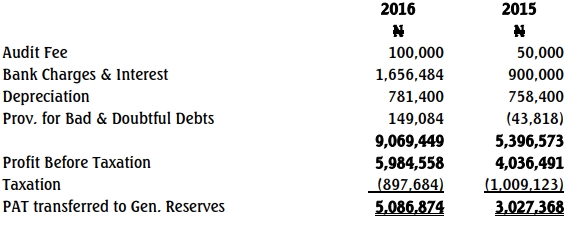- 1 Marks
AAA – Nov 2013 – L3 – A – Q11 – Advanced Audit Planning and Strategy
This question tests knowledge of analytical procedures used to produce audit evidence.
Question
Which of the following is an analytical procedure generally used to produce audit evidence?
A. Confirmations mailed directly to the auditor by the client’s customers
B. Physical observation of inventories
C. Relationship among current financial balances and prior balances, forecasts, and non-financial data
D. Detailed examination of external and internal documents
E. Circularisation letters to debtors and creditors of the company
Find Related Questions by Tags, levels, etc.
- Tags: Analytical procedures, Audit evidence, Audit Techniques
- Level: Level 3
- Topic: Advanced Audit Planning and Strategy
- Series: NOV 2012



